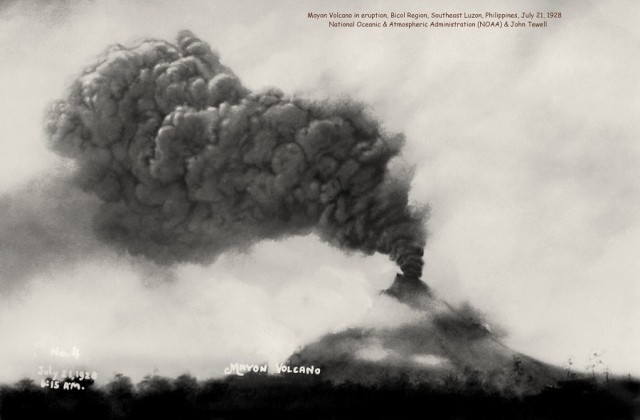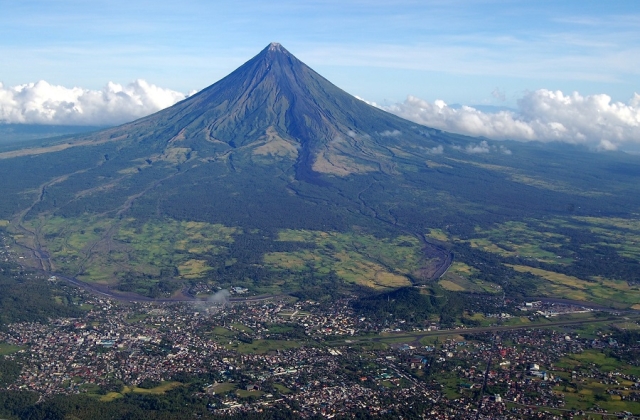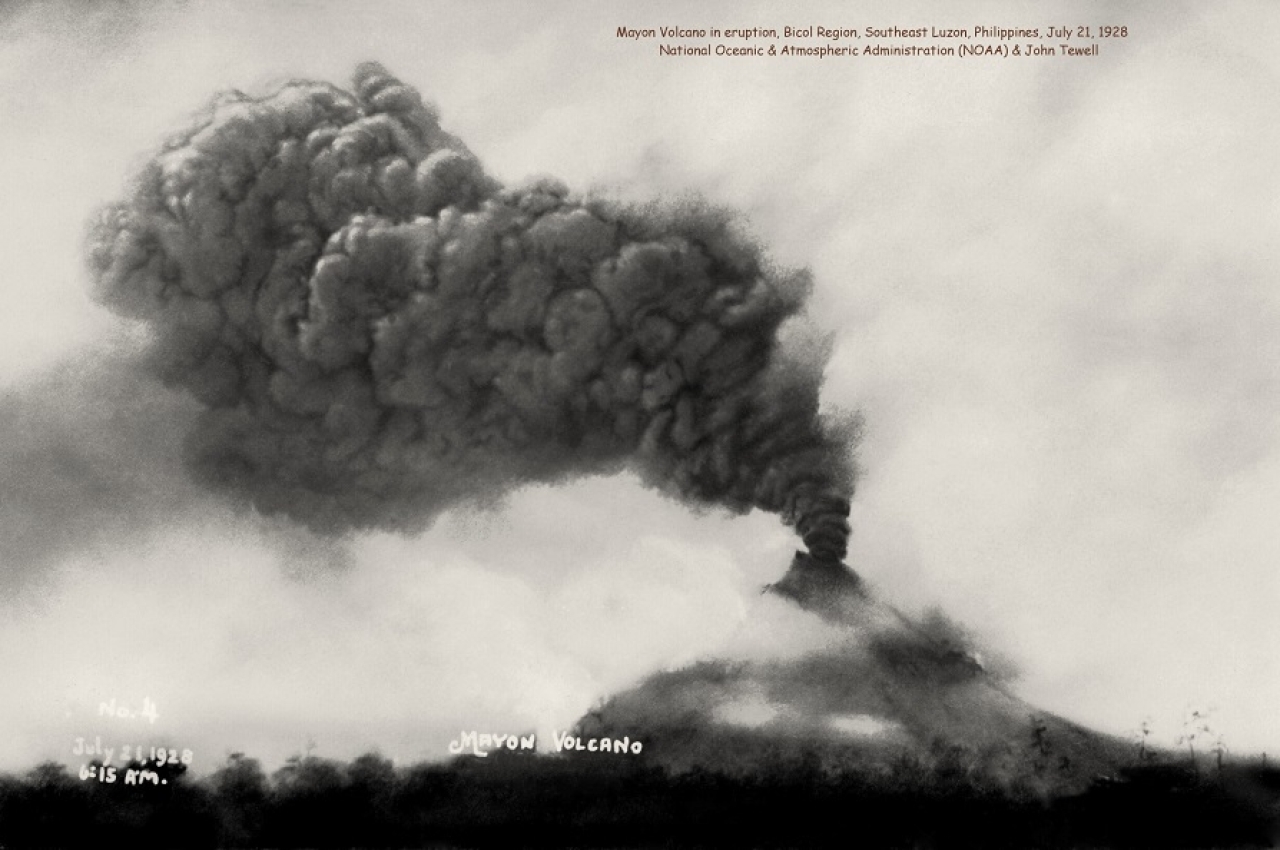Majestic and beautifully symmetrical, Mount Mayon Volcano has been a favorite amongst hikers and mountain climbers in the Philippines for many years. It’s considered one of the most beautiful volcanoes in the world as the mountain is perfectly cone-shaped due to its history of eruptions. It’s also one of the deadliest volcanoes, with a history of killing thousands of people. Now, once again, this showstopper is making headlines as Mount Mayon is currently spewing lava and putting many villages and farm land at risk. So to help you navigate the headlines, below is a quick history of this marvel.
 photo by Lieutenant Leonard Johnson (via Flickr)
photo by Lieutenant Leonard Johnson (via Flickr)
History of Eruptions
Located in the Philippine province of Albay, Mount Mayon has always been a very active volcano with 50 eruptions on record dating back to 1616. The most recent eruption occurred in 2013 where five people were killed and seven injured.
The death count of Mayon’s eruptions is high. In 1993, 79 deaths were recorded and the semi-regular eruptions that followed in the 2000s have forced tens of thousands of locals to evacuate their homes and seek shelter away from the danger zone. The volcano’s deadliest eruption occurred in 1814 when about 1,200 people were killed. The eruption in December 2006 had a similar death toll at 1,000 people due to the mudslides and floods that Typhoon Durian brought to the mix.
Current Dangers
Echoing similar conditions from the December 2006 eruption, heavy rain coupled with the spewing volcano is now increasing the chances of deadly mudslides and floods. As such, over 75,000 people have already evacuated their homes to escape the possible upcoming eruption. Spewing lava for the past few weeks, volcanologists believe it’s only a matter of days before the major eruption occurs. And seismologists have also noted that the ground is swelling and they are tracking any possible explosions that may occur due to the buildup of pressure.
Mayon is not only a danger to locals and their homes, it also places at risk the prime abaca farmland at the base of the volcano. Without this area many villagers will lose their livelihood. Some locals have decided to stay and continue tilling the land as they believe that the volcano won’t fully erupt. By refusing to evacuate they put themselves in great danger.
On a lighter note, others are making the best out to the situation and are using the beauty of the erupting volcano to get some truly stunning wedding photos.
 photo by Dexbaldon (via Wikipedia Commons)
photo by Dexbaldon (via Wikipedia Commons)
Tourism
Mayon Volcano has always been a hotspot for mountain climbers and hikers and is noted as an incredibly difficult trek due to the steep slope. Adventurists are also told to bring their own face masks as even when the volcano isn’t erupting, there are still fumes that are emitted from the summit.
When the volcano is not erupting and is considered safe for tourism, the best time to visit is March and May as this is the driest time of the year. Hiking should be avoided during the rainy season of June to November as the water runoff makes hiking and climbing the volcano more dangerous.
Although Mount Mayon is currently dangerous to visit, you can still admire it from a distance during the Uncharted Philippines Whale Shark and Ticao Islands tour in Donsol. Your view of Mayon Volcano begins as soon as you land at Legazpi airport and will continue as you visit the islands and swim with the whale sharks. It’s the perfect safe way to enjoy Mayon.

 photo by Lieutenant Leonard Johnson (via Flickr)
photo by Lieutenant Leonard Johnson (via Flickr)